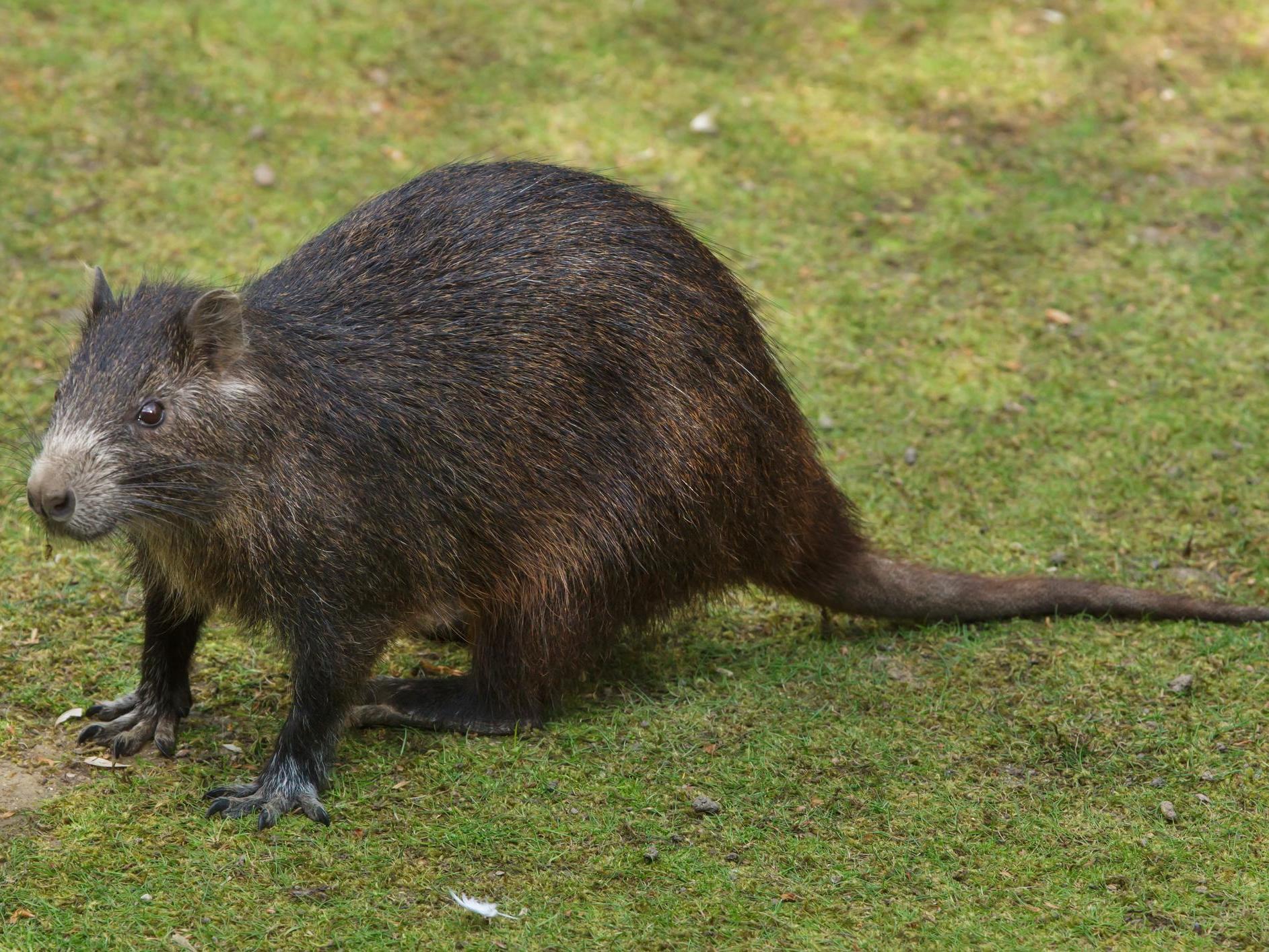New mammal species discovered in Cayman Islands after bones found inside crocodiles
Their closest relatives are Cuban; how and when did they manage a 250km journey over open water?

Fossilised bones digested by crocodiles have revealed the existence of three new mammal species that roamed the Cayman Islands 300 years ago.
The remains of the two large rodent species and a small, shrew-like animal were discovered by scientists who studied bones collected from caves, sinkholes and peat deposits on the Caribbean archipelago.
The three mammals were unique to the Cayman Islands, existing nowhere else in the world.
Researchers believe they were driven to extinction in the 1700s after European settlers introduced invasive species such as cats, dogs and rats.
Experts from the Zoological Society of London (ZSL), the American Museum of Natural History (AMNH), and the New Mexico Museum of Natural History studied bones from collections in British and American museums.
Recently discovered mammals
Show all 7The fossils were collected between the 1930s and 1990s, but had not been scientifically described until now. They were discovered inside the remains of Cuban crocodiles found in Queen Elizabeth II Botanic Park, Grand Cayman.
Professor Samuel Turvey, senior research fellow at ZSL’s Institute of Zoology, said: “Humans are almost certainly to blame for the extinction of these newly described mammals, and this represents just the tip of the iceberg for mammal extinctions in the Caribbean.
“Nearly all the mammal species that used to live on these tropical islands, including all of the native Caribbean sloths and monkeys, have recently disappeared.
“It’s vitally important to understand the factors responsible for past extinctions of island species, as many threatened species today are found on islands. The handful of Caribbean mammals that still exist today are the last survivors of a unique vanished world and represent some of the world’s top conservation priorities.”
One of the newly discovered extinct rodents, Capromys pilorides lewisi and Geocapromys caymanensis, is believed to have been recorded by the English explorer Francis Drake. He wrote of seeing “little beast like cats” and “coneys” when he visited the Cayman Islands in 1586.
Both rodents and the shrew-like mammal, Nesophontes hemicingulus, were scientifically described for the first time in a study published in Bulletin of the American Museum of Natural History.
The species are similar to other mammals found on Cuba, which at its closest point is more than 130 miles away from the Caymans across the Caribbean Sea. Their closest living relative is Desmarest's hutia, which are widespread in Cuba and can grow to a weight of 8.5kg.
The researchers believe the Cayman Islands may have been colonised by mammals carried across from Cuba on rafts of vegetation, which have been documented to float as far as 60 miles in less than a week.
Professor Ross MacPhee of the AMNH’s mammalogy department, said: "Although one would think that the greatest days of biological field discoveries are long over, that's very far from the case.
"With only one possible sighting early in the course of European expansion into the New World, these small mammals from the Cayman Islands were complete unknowns until their fossils were discovered.
“Their closest relatives are Cuban; how and when did they manage a 250km journey over open water?"
Subscribe to Independent Premium to bookmark this article
Want to bookmark your favourite articles and stories to read or reference later? Start your Independent Premium subscription today.

Join our commenting forum
Join thought-provoking conversations, follow other Independent readers and see their replies